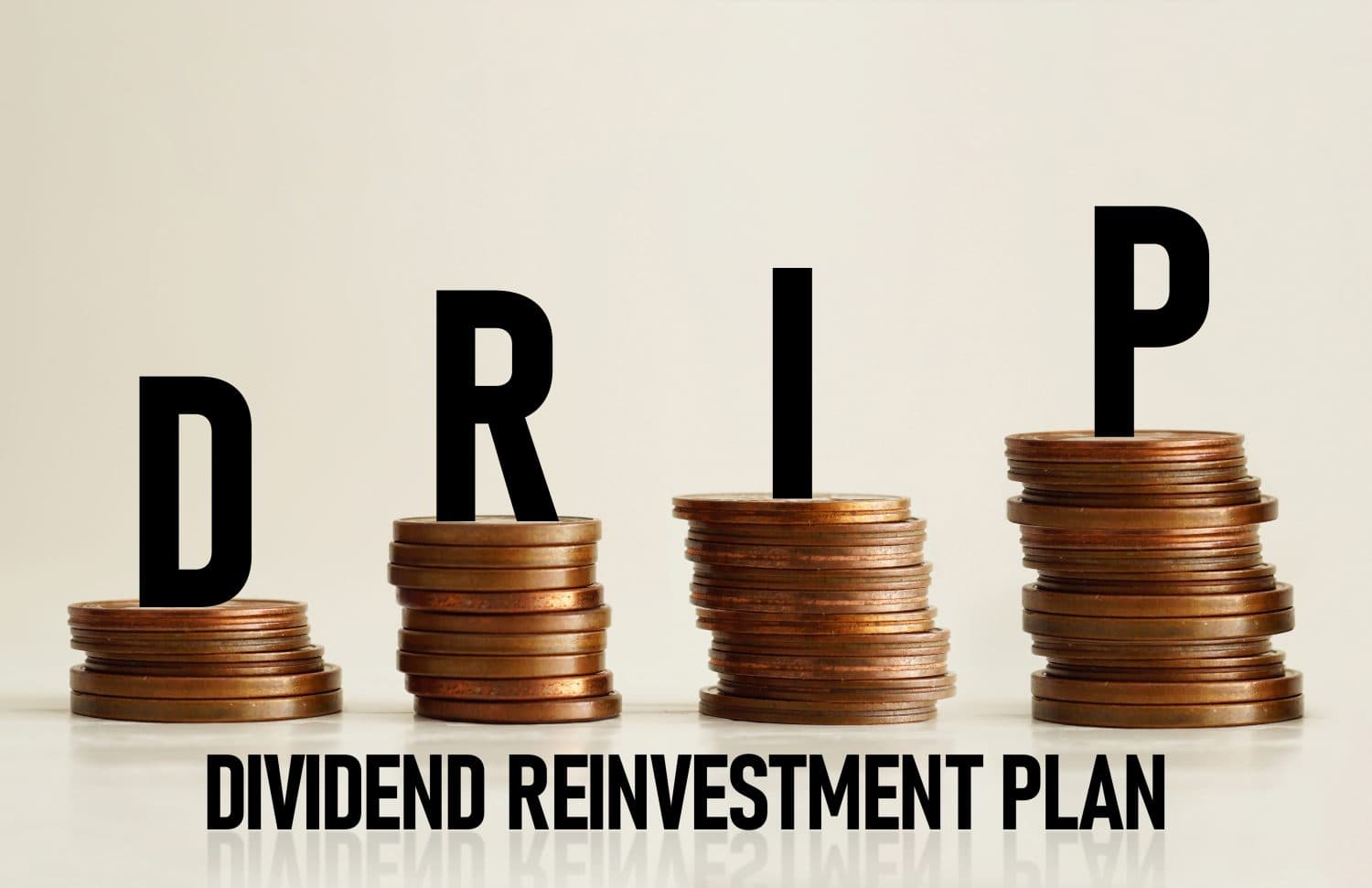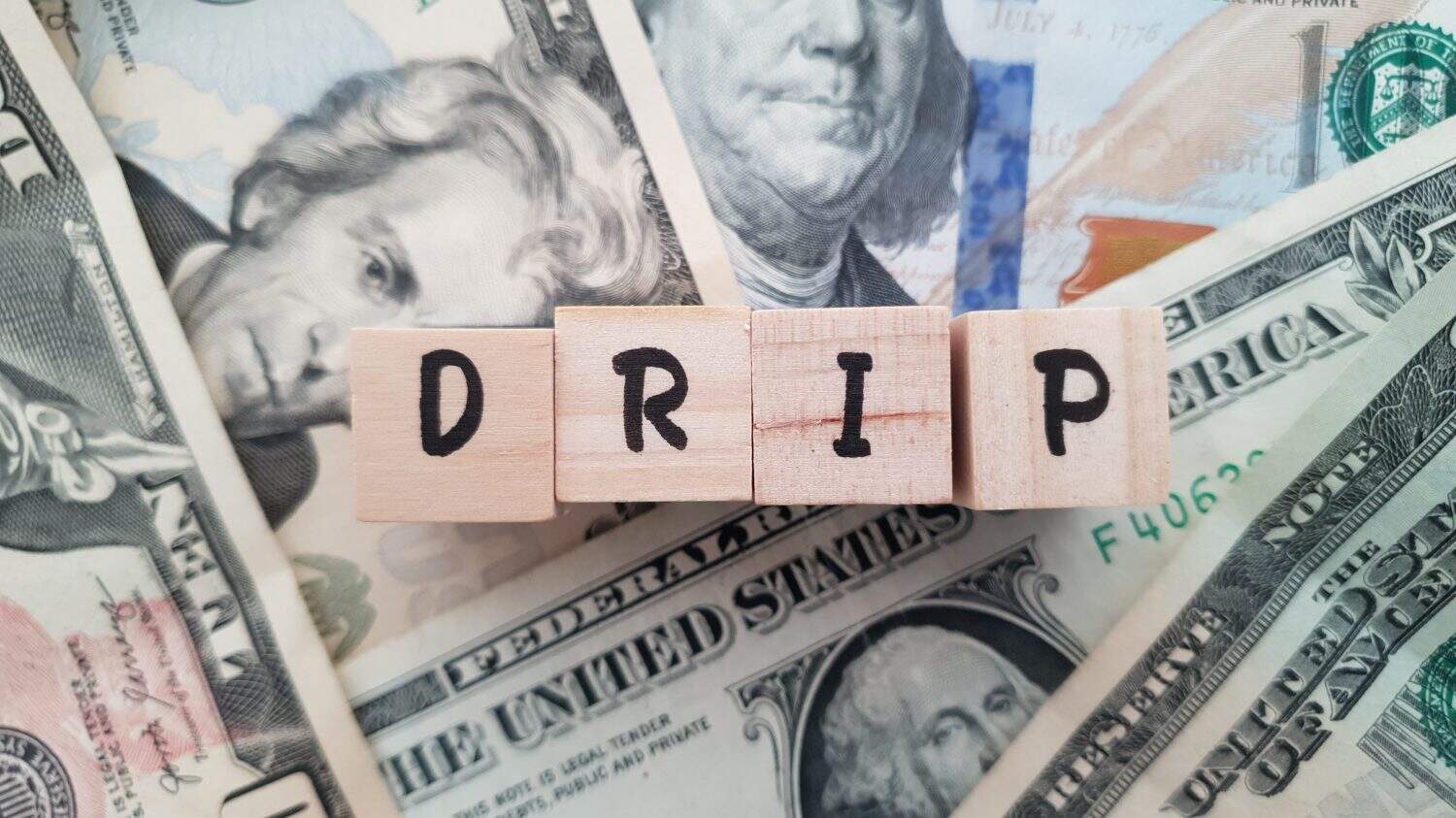Key Points
-
YieldMax ETFs that return high dividends have become very popular with DIY investors and FIRE adherents.
-
Due to the monthly or weekly frequency of YieldMax ETF dividend distributions, those who use a DRIP program are maximizing dividend compounding to their wealth building advantage.
-
Since acquiring additional dividend generating ETF shares is compounding so frequently, the distribution payouts can conceivably recoup initial investment principal for his entire portfolio in roughly 30 months, provided that the market doesn’t take a bearish downturn or goes sideways, such that derivative delta premiums shrink.
-
Do you get tongue-tied discussing financial topics because you lack a command of the terminology? Are you ahead or behind on retirement? SmartAsset’s free tool can match you with a financial advisor in minutes to help you answer that today. Each advisor has been carefully vetted and must act in your best interests. Don’t waste another minute learn more here.(Sponsor)
The Snowball Effect of Dividend Compounding
An S&P 500 research study conducted by Harford Funds revealed some interesting facts related to dividend compounding through reinvestment:
- From 1960 to 2021, dividends comprised roughly 40% of total returns, on average.
- Reinvested dividends over the same period accounted for 84% of the S&P 500’s total return.
Compounding dividends, a practice favored by Warren Buffett and many other heralded investors, can be likened to a snowball, hence the snowball effect analogy: If one pushes a snowball down a snowy hill, it continues to pick up snow as it rolls down, winding up to the size of a boulder by the time it reaches the base of the hill. Likewise, small dividend reinvestments made on a regular and consistent basis, can result in a large portfolio over time, and without the need to augment the portfolio via additional savings contributions, unless by choice,
DRIP Your Way To Wealth Building

One of the simplest ways to build wealth through dividends compounding is to deploy a Dividend Reinvestment Plan (DRIP). This is an arrangement easily made with one’s brokerage account firm. It puts dividend reinvesting on autopilot, allowing for dollar cost averaging to build a much larger position without the need to devote additional savings to the process. A DRIP program can often be deployed with little to zero fees, thus maximizing dividend funds for investment, as opposed to expenses.
In the case of dividend generating securities, the snowball effect will usually make its presence felt after a few years, once the accumulated effect of the added shares can contribute to a portfolio, after several quarters’ worth of reinvestment. However, the effect becomes more readily apparent and exponentially more effective when the DRIP process is working on a monthly or weekly basis.
YieldMax ETFs Can Turbocharge DRIP Programs

YieldMax Exchange Traded Funds (ETFs) have built the company a growing niche reputation for generating substantial dividends, especially within the DIY investment and FIRE (Financial Independence, Retire Early) communities. Their platform is predicated on the ETFs being pegged to volatile tech stocks. A short maturity covered call option collar strategy is deployed to generate dividends from the high delta option premiums. As a result, the dividends for popular YieldMax ETFs like MSTY (which track MicroStrategy) and NVDY (which tracks Nvidia) pay out monthly. In the case of ULTY, which has become one of the most controversially popular of YieldMax’s newer ETFs, there is a portfolio of 30 or more actively volatile stocks against which a mix of call and put options may be open at any given time, in addition to synthetic options. At the time of this writing, ULTY has a distribution yield of roughly 88% and pays distributions weekly.
A DRIP program operating with 4 dividend reinvestments annually based on quarterly payouts can take several years for the compounding effect to show a notable difference. However, a weekly 52-dividend reinvestment over the course of a year, even in smaller increments, exponentially magnifies the snowball effect, and results can be easily acknowledged in a few months under a DRIP program. The larger the principal amount, the more pronounced the dividend compound effect will appear when crunching the numbers.
Investment Recoupment In Almost 30 Months?

For investors pursuing wealth building who have the capacity to allocate all of their dividend earnings to a DRIP arrangement, the inclusion of YieldMax ETFs can deliver tangible results in an accelerated timeframe. One investor who earns a $350,000 annual salary took to Reddit to tout his DivTracker results after adding MSTY to his portfolio in January, 2025 and ULTY at the beginning of August. The details are as follows:
- He already had prior positions in the NEOS S&P 500 High Income ETF (BATS: SPYI) and the NEOS NASDAQ-100 High Income ETF (NASDAQ: QQQI) via $600,000 in invested contributions.
- He initially purchased 10,000 MSTY at $27.20.
- Cumulatively, he has invested $1,101,441 in MSTY and at the time of this writing, owns 45,260 shares.
- His contribution investment un ULTY of $144,577 bought him 23,984 shares at $6.01.
- His total investment contributions equal $1,846,018.
- According to DivTracker, he has already collected $358,492 in cumulative distributions, and assuming the current rate of dividends continues unabated, is on track to receive $738,811 by year’s end.
- At that rate, the investor will have recouped his entire investment contribution amount via dividends in roughly 30 months, or 2.5 years.
- Upon recoupment for each holding, the investor’s tax basis changes from his income bracket to the lower capital gains rate.
The poster noted that combined with his $350,000 salary, he was looking at a cumulative gross for the year of over $1 million.
The View From Above – Cautions

From a risk management perspective, portfolio diversification is certainly a prudent strategy. By his own account, the poster has approximately two-thirds of his portfolio in two YieldMax ETFs: MSTY and ULTY. QQQI, SPYI. and MSTY all pay dividends monthly, with ULTY paying distributions weekly. All dividends are under a DRIP program. However, as growth oriented as the investments may be, there is a potential threat to the dividend income:
- The market may turn bearish or go sideways. If so, the delta of the options will shrink with a market downturn or slowdown, and the dividends will diminish accordingly.
- Additionally, all of the ETFs are engaged in some form of covered call strategy, which limits upside potential in favor of income, by design. As such, if the underlying stocks or indexes take a sizable appreciation leap, the upside will be capped, so the holdings will miss out on the bulk of the bull run.
- Although highly unlikely, if either NEOS or YieldMax were to have their ETF trading halted by the SEC for a potential violation or other scenario, the portfolio’s concentration in ETFs from those two issuers heightens the risk factor.
The post My Investments Are Set To Generate $738,311 in Annual Distributions appeared first on 24/7 Wall St..
Click this link for the original source of this article.
Author: John Seetoo
This content is courtesy of, and owned and copyrighted by, https://247wallst.com and its author. This content is made available by use of the public RSS feed offered by the host site and is used for educational purposes only. If you are the author or represent the host site and would like this content removed now and in the future, please contact USSANews.com using the email address in the Contact page found in the website menu.





